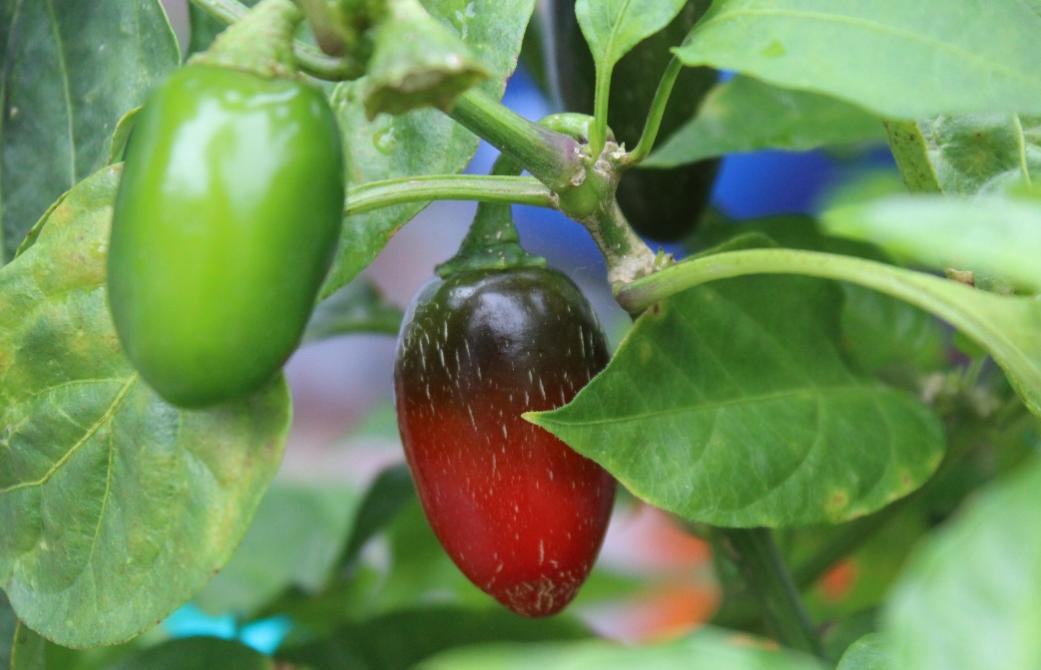Attracting Insectivore Birds to Your Garden: DIY Natural Tick Control
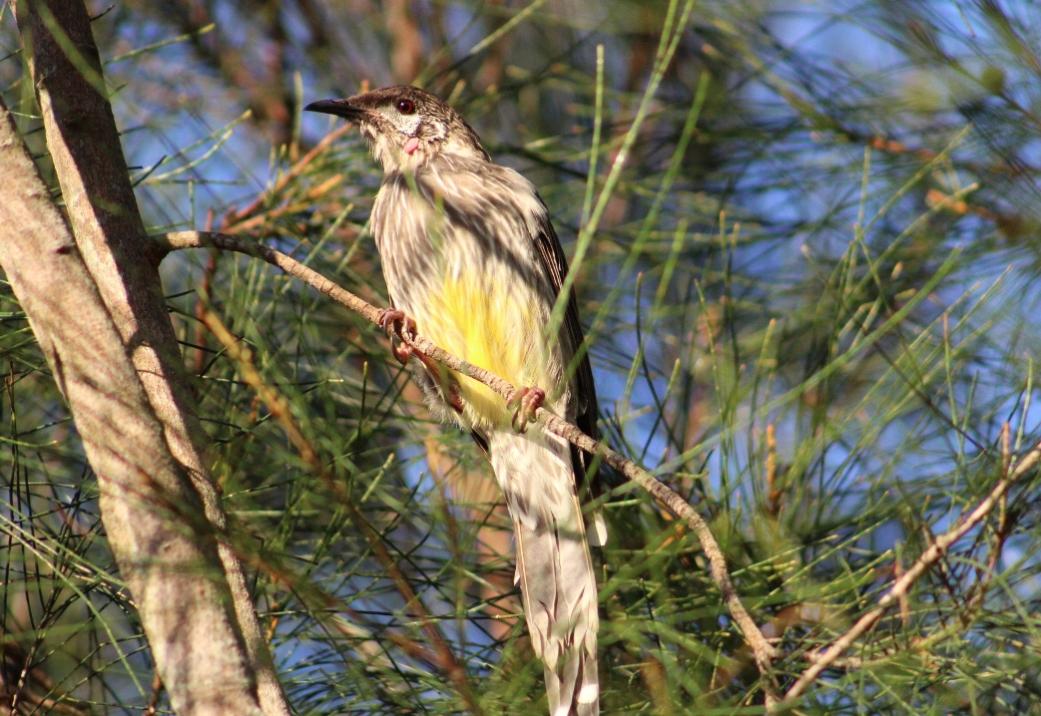
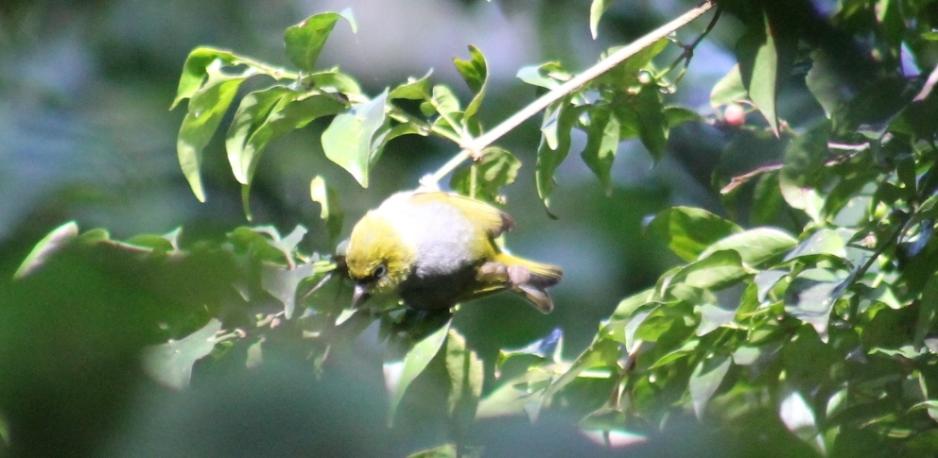
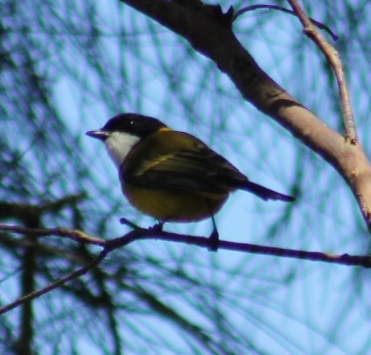
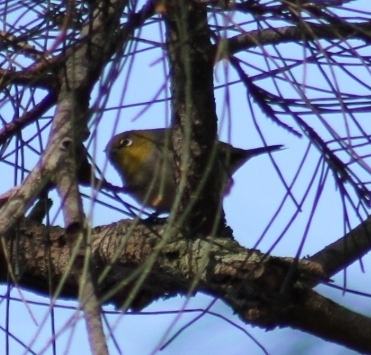
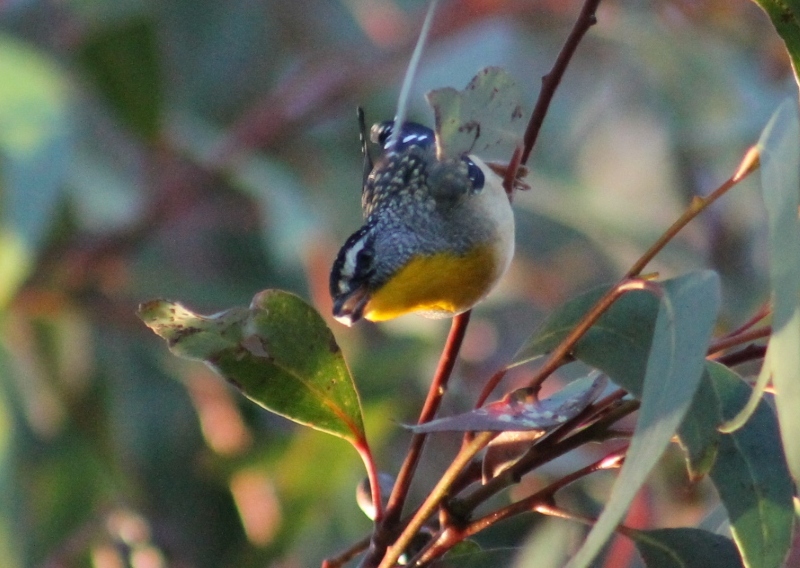
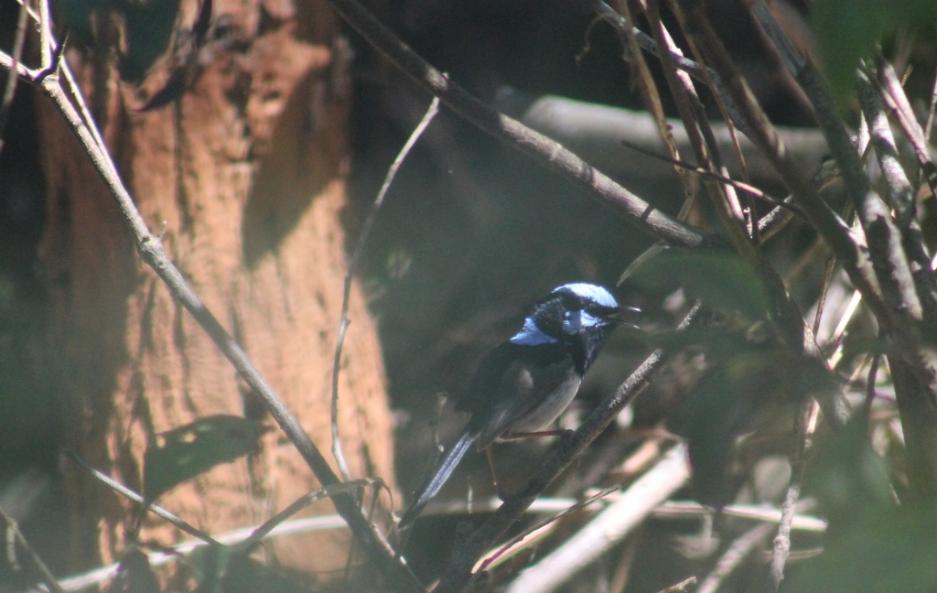
Male Superb Fairy Wren.
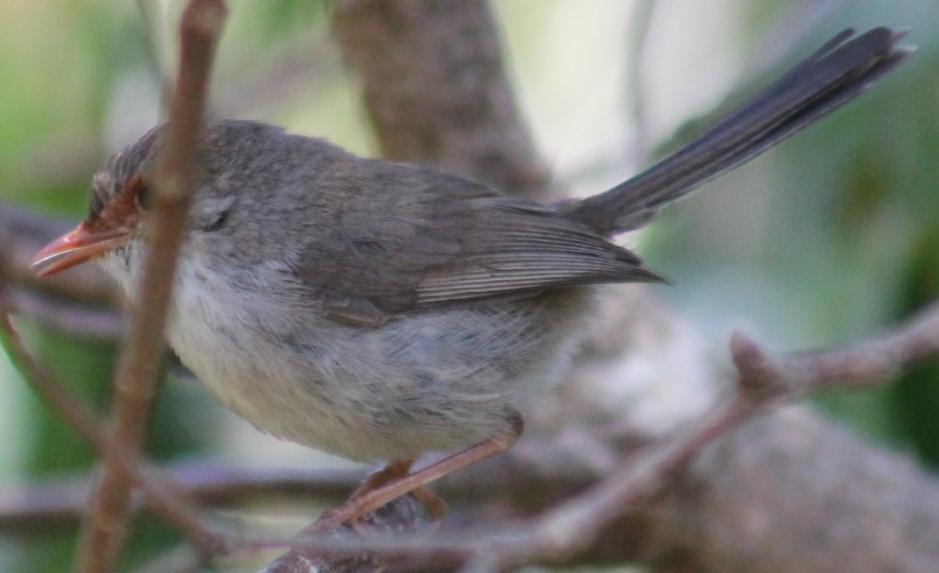
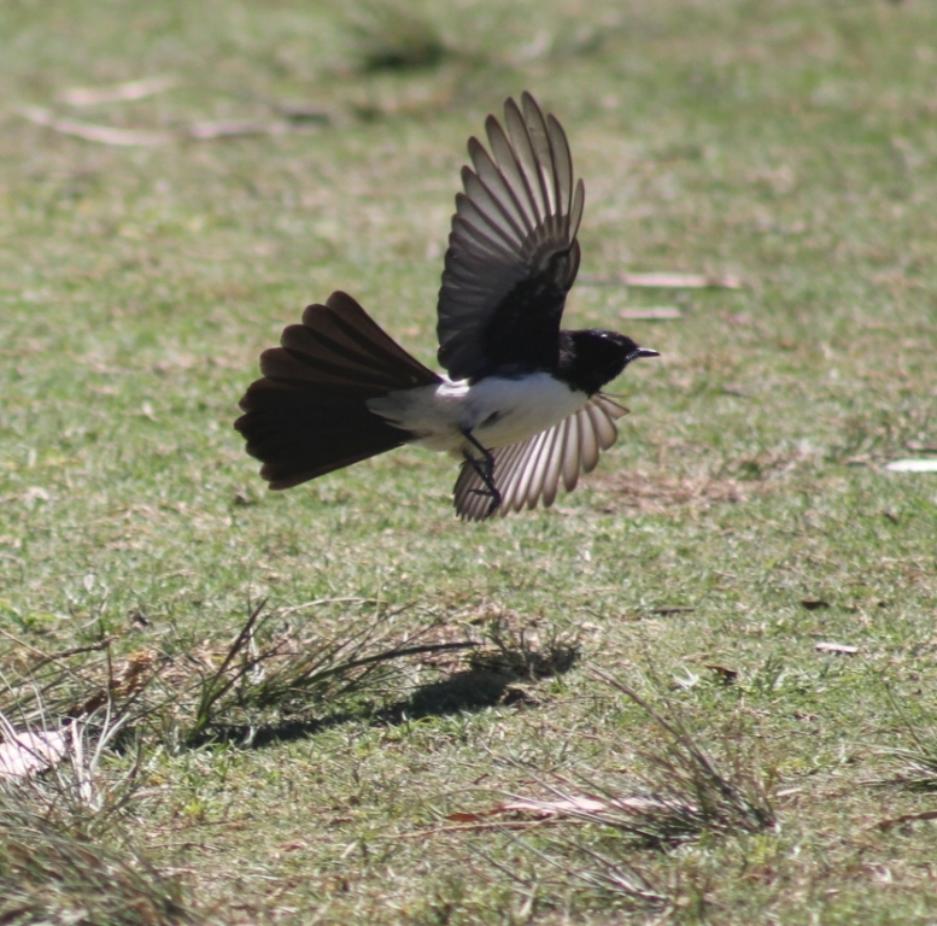
Willy Wagtail (Rhipidura leucophrys) - also loves insects
The Striated Thornbill can be distinguished from the similarly sized and shaped Brown Thornbill, A. pusilla, by its orange-brown cap streaked with white and by black streaking on its yellow-white underparts. In January this year we brought you a page of those Brown Thornbills found happy in the trees beside the yellow brick road at Avalon. It also has a thinner, higher pitched call than the Brown Thornbill and is more commonly found higher in trees. The Striated Thornbill pictured here (below right) was photographed at Ingleside and is found only in the south-eastern mainland of Australia from southern Queensland to eastern South Australia.
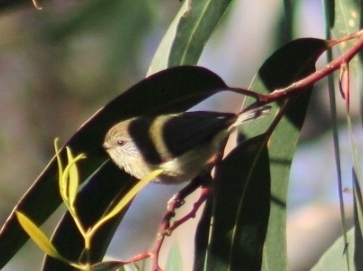 They live in open forests and woodlands, mainly those dominated by eucalypts, with a well-developed understorey. They are sometimes seen in parks and gardens, preferring areas that are more than ten years old and can also be common in agricultural areas, particularly in areas with remnant patches or tree corridors near forests or woodlands.
They live in open forests and woodlands, mainly those dominated by eucalypts, with a well-developed understorey. They are sometimes seen in parks and gardens, preferring areas that are more than ten years old and can also be common in agricultural areas, particularly in areas with remnant patches or tree corridors near forests or woodlands.
The Striated Thornbill feeds mainly on insects, but may sometimes eat seeds, nectar or fruit. They mainly feed in trees in small flocks, but may sometimes feed on the ground. Will be seen feeding in mixed flocks with other small insect-eating birds. Striated Thornbills may be important in reducing psyllid infestations after Bell Miners (which 'farm' the psyllids) have been removed from an area.
The Brown Thornbill (Acanthiza pusilla) is a passerine bird usually found in eastern and south-eastern Australia, including Tasmania. It can grow up to 10 cm long, and feeds on insects but may sometimes eat seeds, nectar or fruit.
They feed, mainly in pairs, at all levels from the ground up, but mostly in understorey shrubs and low trees. Will feed in mixed flocks with other thornbills out of breeding season.
The one pictured below was photographed beside the Careel Creek, which has been restored through local bushcare volunteers.
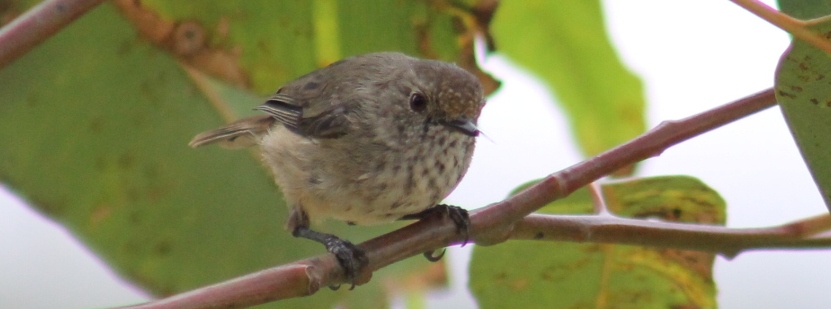
- The nectar of native trees and bushes. Plant flowering trees that are native to your area, eucalypts such as swamp mahogany, angophoras, spotted gums or ti-trees. They like a variety of foods so give yourself a variety of plants and native grasses. Silvereyes love Figs, Lillipillies, Bluebuerry, Ash and Walking stick Palm, which provide them with shelter and protection too.
- Finches eat the seeds from mature native grasses such as Wallaby Grass, Red Fruited Saw Sedge, Tussock Grass, Kangaroo Grass, Wiry Panic, Basket Grass, Wire Grass, Plumegrass, Hedgehog Grass and Weeping Grass.
- Plump, juicy insects and bugs. Offer a feast of bugs and insects by mulching your gardens well and leaving a bit of leaf litter under your trees and bushes. These birds love to eat all of the critters that live in your mulch like earthworms and grubs or up in your trees, like spiders and moths.
- Clean water. Keep a bird bath in your garden for small birds to drink and bathe in. Keep the water is clean and locate it above the ground so they feel safe from predators. Bird baths should be shallow enough to allow birds to stand in them to clean their feathers. It’s also helpful to choose baths that have sloping sides or to put stones at the edge to provide gradual access to the water. It may also be a good idea to have two sources, or bird baths, in your garden and these need to be located where the birds will feel safe or able to escape quickly if startled. Bird baths or ponds (preferably multiple drinking sites) can dart for cover in an adjacent “prickly” bush if placed so they are little bird friendly.
- Give your little birds a safe path to travel around your garden between their treetop homes and the ground. Along with your taller native trees, plant soft shrubs about 1-2 m high, surrounded by bushes the same height that are a bit more spiky and protective. Add small shrubs for food and shelter, and plant mixed native grasses and ground cover so that there are plenty of insects for Silvereyes to eat.
- Open grasslands or lawn without any trees or bushes to hide in.
- Predators like cats, and birds of prey like hawks.
- Gardens with only a few types of plants. They like a variety of foods.
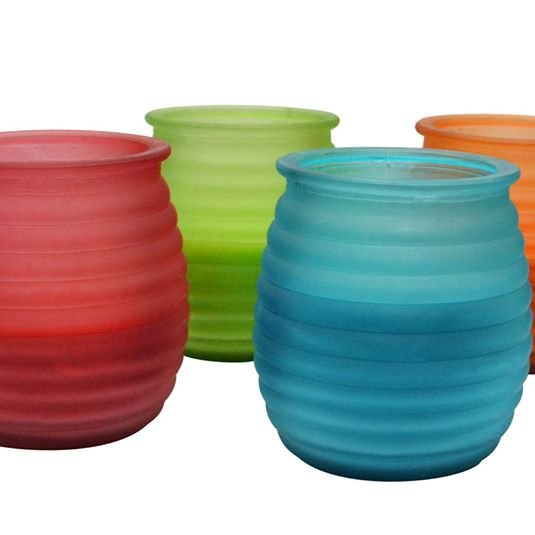
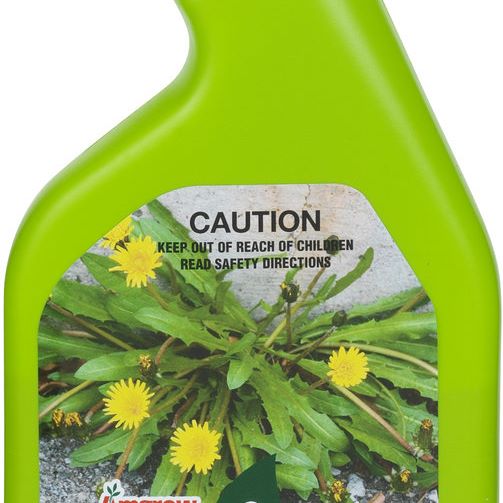
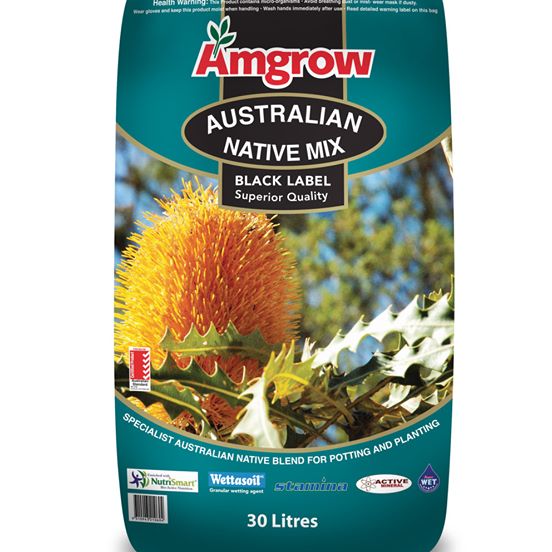
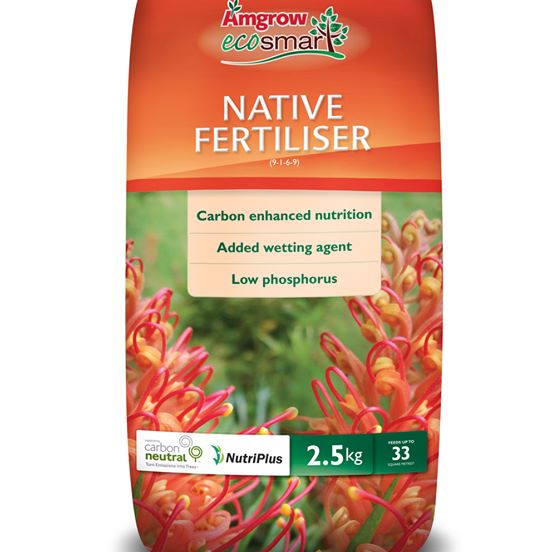
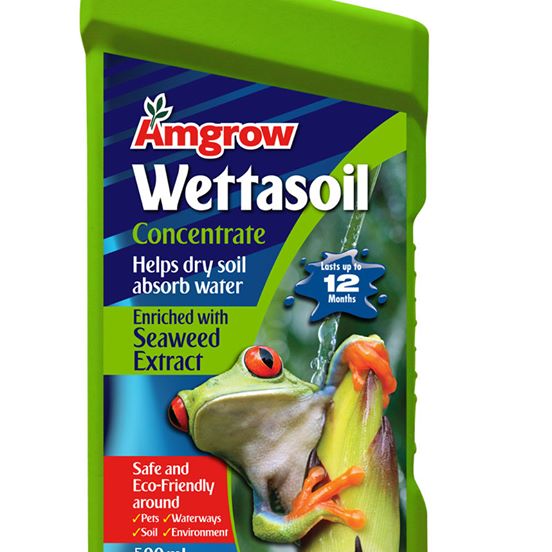
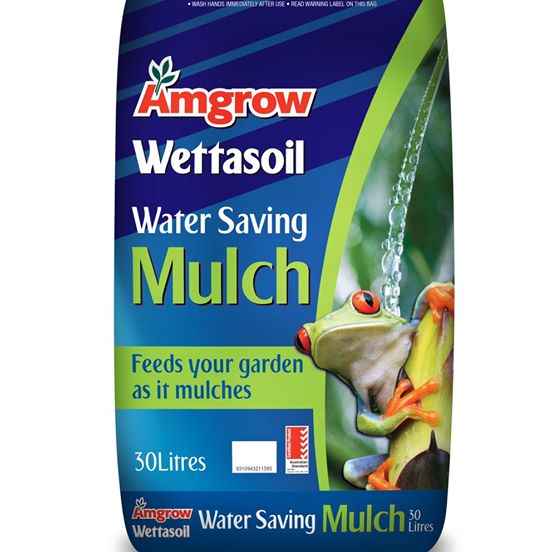


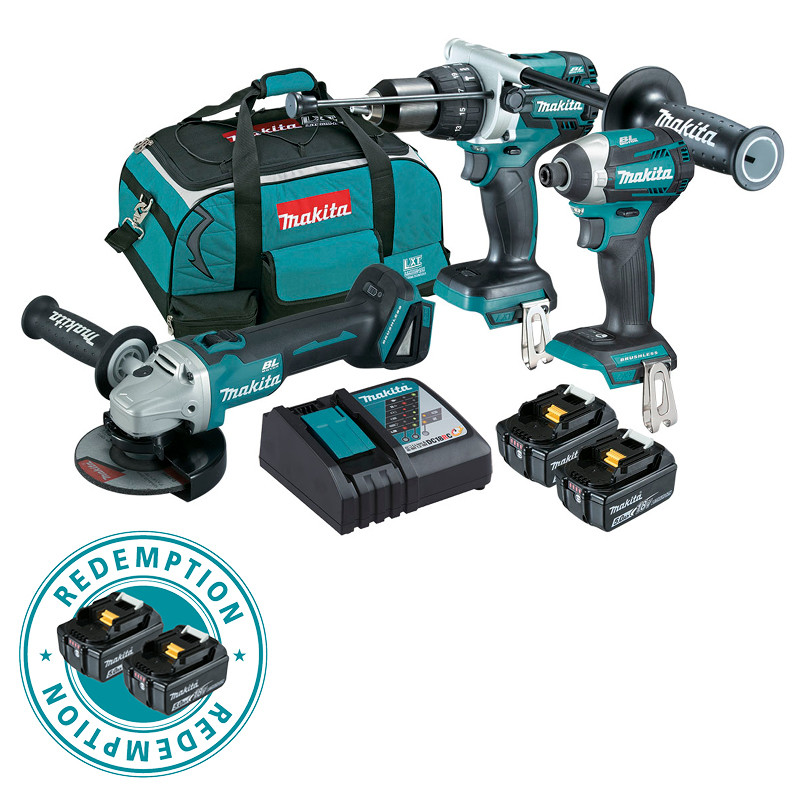
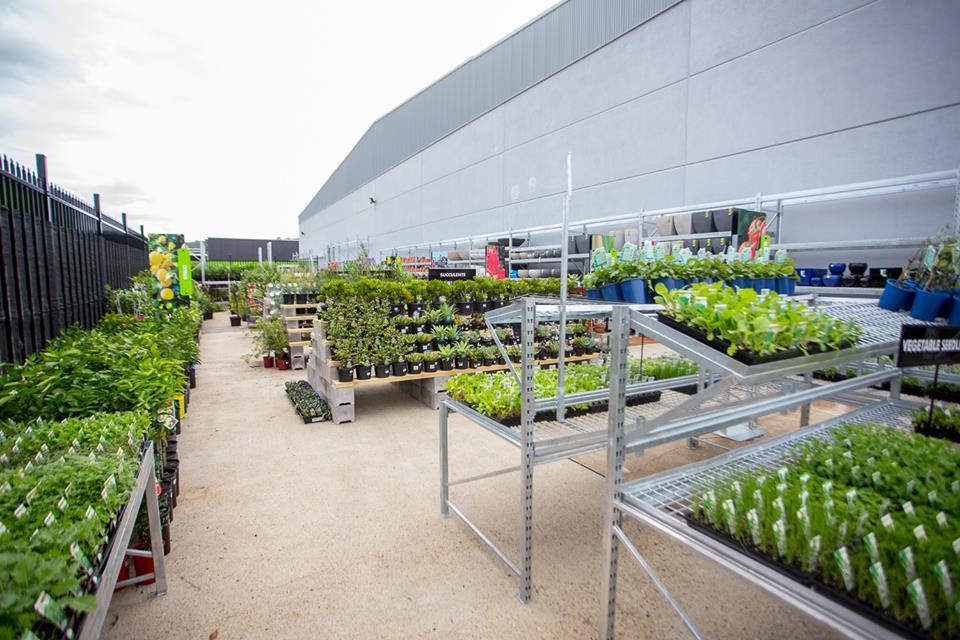
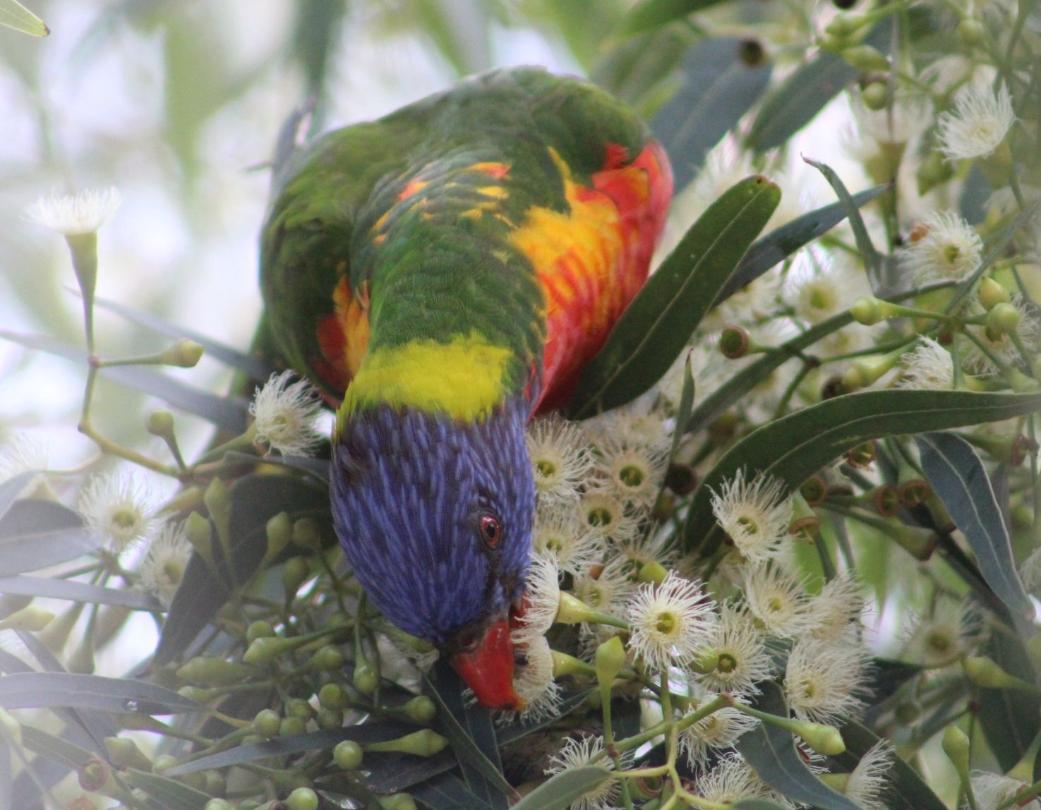
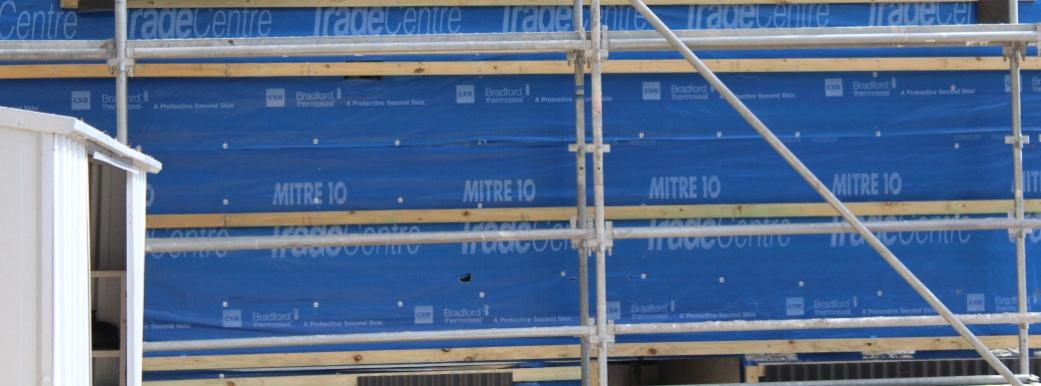



Johnson Brothers Mitre 10 New Store
73 Bassett Street
Mona Vale - Online Store: Jbhmv.Com.Au

Products advice is available from the trained friendly staff at Narrabeen, Mona Vale and Avalon Johnson Brothers Mitre 10.
Click on logo to visit Johnson Brothers Mitre 10 website
Johnson Bros Mitre 10 - Avalon (02) 9918 3315
Johnson Bros Mitre 10 - Mona Vale (02) 9999 3340
JBH Timber & Building Supplies (02) 9999 0333
JBH Fencing & Landscape Supplies (02) 9970 6333
www.johnsonbros.com.au Online store: jbhmv.com.au

Previous DIY Pages:
Decking Timbers Caring For Your Deck Decking Finishes Privacy Screens I Privacy Screens II Privacy Screening Hardwoods Autumn Paths and Lawns Insulation Batts Plasterboard Ventilation - Edmond's Ecofan Blackboards for Children and Home Spring Lawn Care Shade Sails & Watering Basic DIY Tools DIY Tools - Power Drills Recycle Your Trampoline into An Air Bed How to Build Your Own Backyard Cricket Pitch Christmas Lights Displays around House and Garden Summer Mildew - Refresh, Renew How to Fix Things That Drip and Bump in the Night Time To Plant Winter Vegetables in a Raised Garden Beds Layout Organsing Your Tool Shed Make Your Own Weathervane Installing A Garden Watering System Decking Oils How To Make Garden Compost How To Winter proof Your Lawn How to create Shabby Chic effect on Timber Furniture How to Build Your Own Raised Garden Bed Growing Your Own Winter Vegies Winter Heating Guide Prepare Your Yard For Winter Eradicating Noxious Weeds From Your Yard How to Fix Furniture Finishes Part I How to Repair Scratches, Dings, and Dents of Furniture Surfaces - Part II Winter Draughts Fix Classic Wooden Tool Carrier Spring Garden Checklist Part I Install Your Own Skylight Retaining Walls for Saving Soil and New Spring Garden Beds Summer Salad Garden Native Plant Garden for A Fairy Arbour Renewing Short Flight of Exterior Stairs Deck Maintenance DIY Summer Tasks You Can Do In Time to Get to the Beach Garden Ponds for Attracting Birdlife, Dragonflies and for the Soothing Sounds of Water Salt Air: Maintenance and Protection Creating an Outdoor Dining Arbour, Gazebo or Patio - Part I Creating an Outdor Dining Arbour, Gazebo or Patio Part II Autumn Garden Tasks Autumn DIY Jobs: Waterproof Your Home Checklist Dealing With Dampness Inside the Home Fixing Your Fence Repairing and Replacing Damaged Decking boards DIY Toy Box and Snow Globes: School Holidays Fun - Winter 2015 DIY Wooden Toy Cars and Perfect Painted Flowerpots: School Holiday Fun - Winter 2015 Shoring Up an Under House Earth Bank – Installing a Basic Retaining Wall DIY One Shelf Sideboard Early Spring 2015 Garden Care Salad Garden For Children Keeping Your Garden and Home Cool in Hot Weather Classic Beach Garden and Camping Chairs 3 Portable Versions Anyone Can Make DIY Outdoor Furniture Mark I: Park Benches for Your Garden Make Your Own Scooter or Skateboard: Summer 2016 Fun How to Install a Solid Core Door and Door Furniture Summer Garden Jobs: Pruning A Hedge How to Make A Swing Chair - With A Frame for Garden Setting Garden Jobs for March to Make A Beautiful and Healthy Spring Keeping Outdoor Nooks Warm During Cooler Months Children’s Step Stool with Storage Stop Winter Rain Lawn Loss and Soil Erosion on Slopes DIY Garden Shed: Part 1 of 4 - Base DIY Garden Shed: Part 2 - Framing Walls DIY Garden Shed: Part 2b - Gable Roof Framing Garden Shed Part 3: Roof Installation DIY Garden Shed: Weather- boards - Door And Window Installation And Paint Finish DIY Coffee Table With Chessboard Inlay Spring Gardening: Feeding Your Soil And Plants - What Works For Each Plant DIY Sandstone Flagging Parking Area - Platform DIY Pre-Summer Checklist For A Safe Home Summer Spruce Up: Interior Paint Tips and Three easy steps to rejuvenate your timber deck The Perfect BBQ Garden Setting DIY Water Wise Garden DIY Side Gates DIY Storm Preparation And Home Protection One To Two Day DIY Weekend Spruce Ups Vegepods For Autumn Planting + Easy To Make Lego Table Or Student Desk That Can Be Dismantled + Johnson Brothers Mitre 10 Online Store Johnson Brothers Mitre 10 Great New Mona Vale Store: Still In Bassett Street - number 73 Johnson Brothers Mitre 10 New Mona Vale Store: The Greenlife Garden Centre Go Outside And Play: Creating Garden Spaces To Connect Children With Nature DIY Plasterboard Repair DIY Dolls House Or Garage Or Boatshed DIY Child's Waggon - or use as a large planter mover DIY Bathroom Refresh: Zing For Spring Tips for Growing a Native Garden FireCrunch, Australian Developed Fire-proof, Sustainable, Durable and Reliable Building Board Now Available at Johnson Bros. at Mona Vale and Narrabeen School Holidays DIY Ideas for Children: Little Vegetables Garden, Swing, Windchimes Bushfire Season Preparation 2017: Home and Outdoor Areas Johnson Brothers Mitre 10 Trade Centre at Mona Vale + Issue No 1 of Mitre 10’s inSITE Magazine for Tradies and Handymen Preparing Al Fresco Areas for Christmas Get-Togethers and Summer Visitors Summer De-bug; Mosquitoes, flies, cockroaches and ants - how to keep the outdoors insects where they belong DIY Summer Projects: Install A Fountain Or Water Feature Late Summer and Early Autumn Projects: A Shed For All Storage Solutions + Garden Tasks + Keeping Our Waterways Clean Autumn Plantings for Winter Harvests 2018 Paintback Collection Event: Johnson Bros Mitre 10 Mona Vale Saturday, April 7 Reducing Ticks in Your Garden: Garden care, Plants that Repel, What to Wear Outdoors
______________________
John and Bob Johnson - The Johnson Brothers Profile John William Alfred Johnson - The Eulogies for those who could not attend Mass
Australia's Prime Minister Visits Mackellar - Informal Afternoon Tea with Hon. Malcolm Turnbull October 2016
